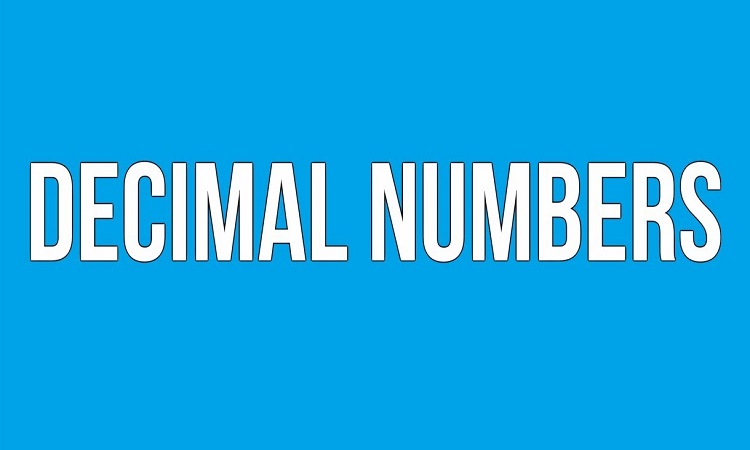If someone asks the question that how many numbers are there in the number line, the answer is promptly given would be infinite. It is common knowledge that there are infinite numbers. But, if asked as to how many numbers are there between 1 and 2 or how many numbers are there between 0 and 1. The answer is the same surprisingly, that is infinite, thanks to decimals.
What Are Decimal Numbers?
If we tread on a number line, let us say we start walking from zero, then what is the next immediate number we will encounter. If we were only dealing with whole numbers, the answer would be simpler as the next whole number after zero is one.
What is Decimal? – Definition, Facts & Example
But, if we consider all the possible numbers, then we know that values like half, one-third, one-fourth, etc., are all fractional values that lie between zero and one. Many worksheets for math regarding the decimal are easily available on many websites.
One of them being Cuemath which provides visually appealing and interactive worksheets for the students to work upon so as to get a clearer understanding of the decimals.
If we take any object and start breaking it into pieces, how many pieces can we break an object into? The answer to this again is infinite as we know we can go on making the pieces smaller and smaller. Each of these pieces can be said to be a fraction of the whole initial object.
What are decimals?
There are two ways to express these non-whole numbers; one is to express them as the ratio of two numbers, for example, 1/2, 1/3, 1/6, etc. The other way to express these non-whole numbers is the decimal form.
A fractional value like 1/2 would be represented in decimal form like 0.5, or a fraction like 1/3 would be 0.333… you would notice that in the decimal form, we have used a dot {.}, and then some numbers are written after the dot. The numbers on the right of the dot signify the fractional or the decimal part of the number, and the numbers to the left of the dot represent the whole number part. So, for example, a number like 1.5 signifies 1 + 0.50.
As there are infinitely many whole numbers, similarly, there is an infinite number of decimal numbers between any two numbers. This leads to an infinite number series, as for any given two decimal numbers, we can find an infinite number of decimal numbers in between.
Decimal numbers can be treated with any mathematical operation that is addition, subtraction, multiplication, or division. The only care to be taken when doing the mathematical operation is to remember the special value of numbers to the left and right of the decimal point. It is also possible to convert a decimal into a fractional form. In the numerator, write the number without the decimal, and in the denominator, have a multiple of 10, which has as many zeroes as the number of decimal places. Such a value like 0.123, when expressed in fractional form, would be 123/1000.
Decimal numbers gave a unique tool to operate with the whole numbers and the fractional part of the number together, and more often than not, it is the decimal numbers than the whole numbers that we come across in most of the mathematical calculation.
Decimals follow the same arithmetic rules as the whole numbers but have some aesthetic differences; for example, in the case of the whole number, the more digits in the number, the bigger it is, so for example, 111 is bigger than 99, but in the case of decimal number this usual approach does not work. So if we compare 0.111 with 0.99, then we will see that 0.99 is bigger than 0.111.
Conclusion | What Are Decimal Numbers?
Decimal numbers, in turn, have many different types, like recurring and non-recurring rational or irrational numbers. The famous constant pi, for example, has a value often cited as 3.14 in the decimal form, but the truth is that there are infinite numbers in the decimal part of pi.
